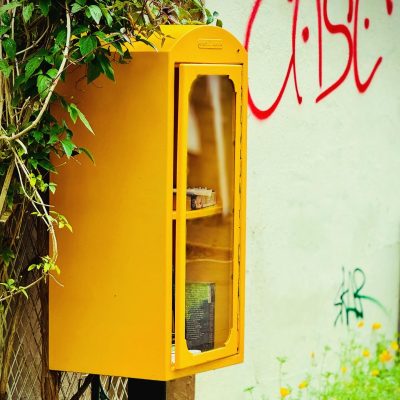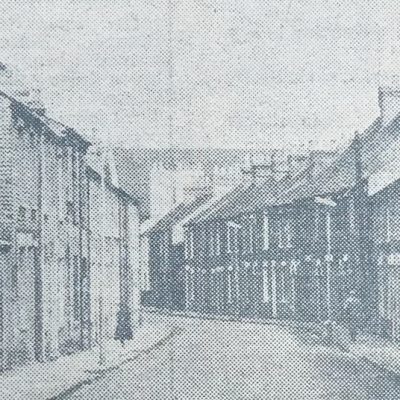Search by topic
- archaeology
- Building of Local Interest
- charity
- church
- crime
- dressmaker
- fire
- Great Eastern Railway
- Listed building
- Mapping Relief
- medieval
- oral history
- poverty
- Public House
- Rattee & Kett
- Religious House
- Roman
- scholar
- school
- Then and Now
- tudor
- women
- work
- world war one
- world war two
Search by text
59 Gwydir Street
History of 59 Gwydir Street
1871 unnumbered. The Death household appear in the census to be living at a property at this location when the relative positions of other households are considered.
James Death, 48, unemployed coal agent, b Suffolk
Maria, 36, b Suffolk
Walter J, 8, b Suffolk
Minnie, 6, b Swaffham Bulbeck
Caroline A, 4, b Swaffham Bulbeck
Frank B, 2, b Swaffham Bulbeck
1881 building ground
1901
Ned Pamphilon, 56, builder, b Whittlesford
Phoebe,
Horace E, 24, builder, b Cambridge
Mary A, 22, b Cambridge
Mabel, 16, milliner, b Cambridge
Laura, 14, draper’s assistant, b Cambridge
Arthur, 12, b Cambridge
1911
Ned Pamphilon, 65, builder, b Whittlesford
Phebe Pamphilon, 69, b Burwell
Edith Ley, step daughter, 40, drapers assistant, b Manchester
Constance Ellen Pamphilon, daughter, 29, b Cambridge
1913
Ned Pamphilon, builder
Pamphilon and Sons, builders, contractors and funeral furnishers
1916 CIP 25.8.1916: A Flapping Blind: No Light To Be Shown After Dark At All. Ned Pamphilon summoned for not reducing and shading the inside lights of screening the window at the back of 59 Gwydir Street. Defendant said he was not aware of new Act coming into force. He was dismissed with a warning from the Bench.
1962
Kenneth Brown
1970
Charles M Harpur
Hear the Harpur family memories of Gwydir Street.
Contribute
Do you have any information about the people or places in this article? If so, then please let us know using the Contact page or by emailing capturingcambridge@
License
This work is licensed under CC BY-NC-SA 4.0







